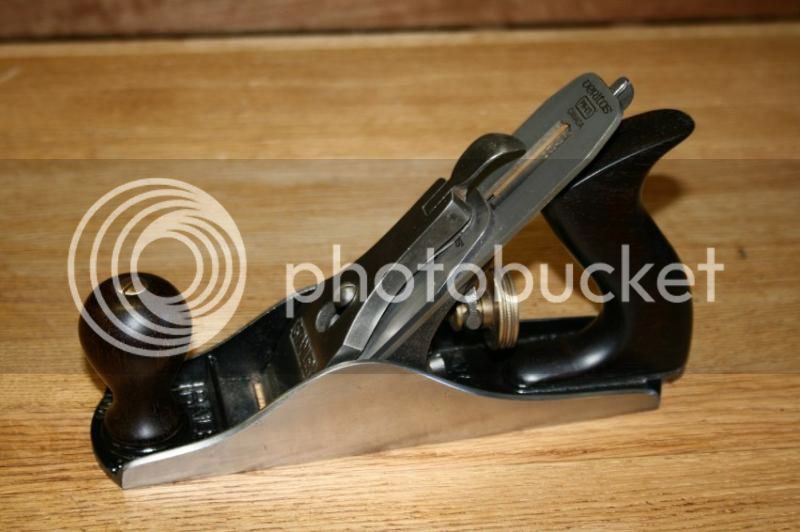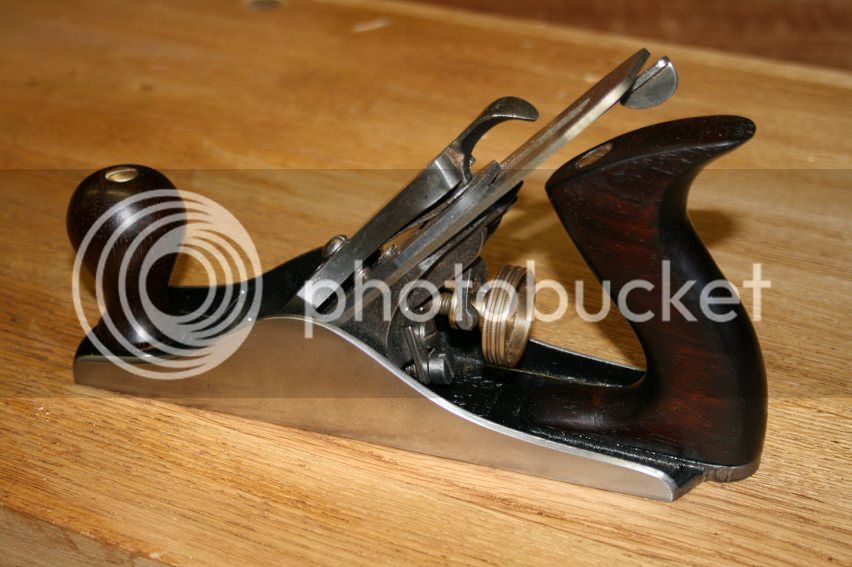Hi Charles
How's tricks?
I can produce whichever shavings I, or you, wish.
That photo was taken a few weeks ago when I was restoring a Stanley #3 and #4 1/2. There were many shavings made during this process. If you look carefully at the name of the blade on this #3, you should see it is a LV (actually a PM-V11) and it has the LV chipbreaker. This was when I also took the time to compare various chipbreakers.


Regards from Perth
Derek
I assume on roughsawn stock, fully prepped by hand...(?)
That's a feat worth memorializing on YouTube. If you ever decide to do it, and you can lay your hands on the stock, I'd personally love to see it done on plainsawn North American ash, red oak, birch, cherry, maple (particularly the first two). I'd be particularly tickled to to see a three foot long bacon strip shaving off of North American ash. My comparatively limited experience with interlocked tropical woods shows that planing often leaves a rough surface but the boards themselves tend to yield a shaving from end to end (curled or not) better than some of our homegrown woods.






